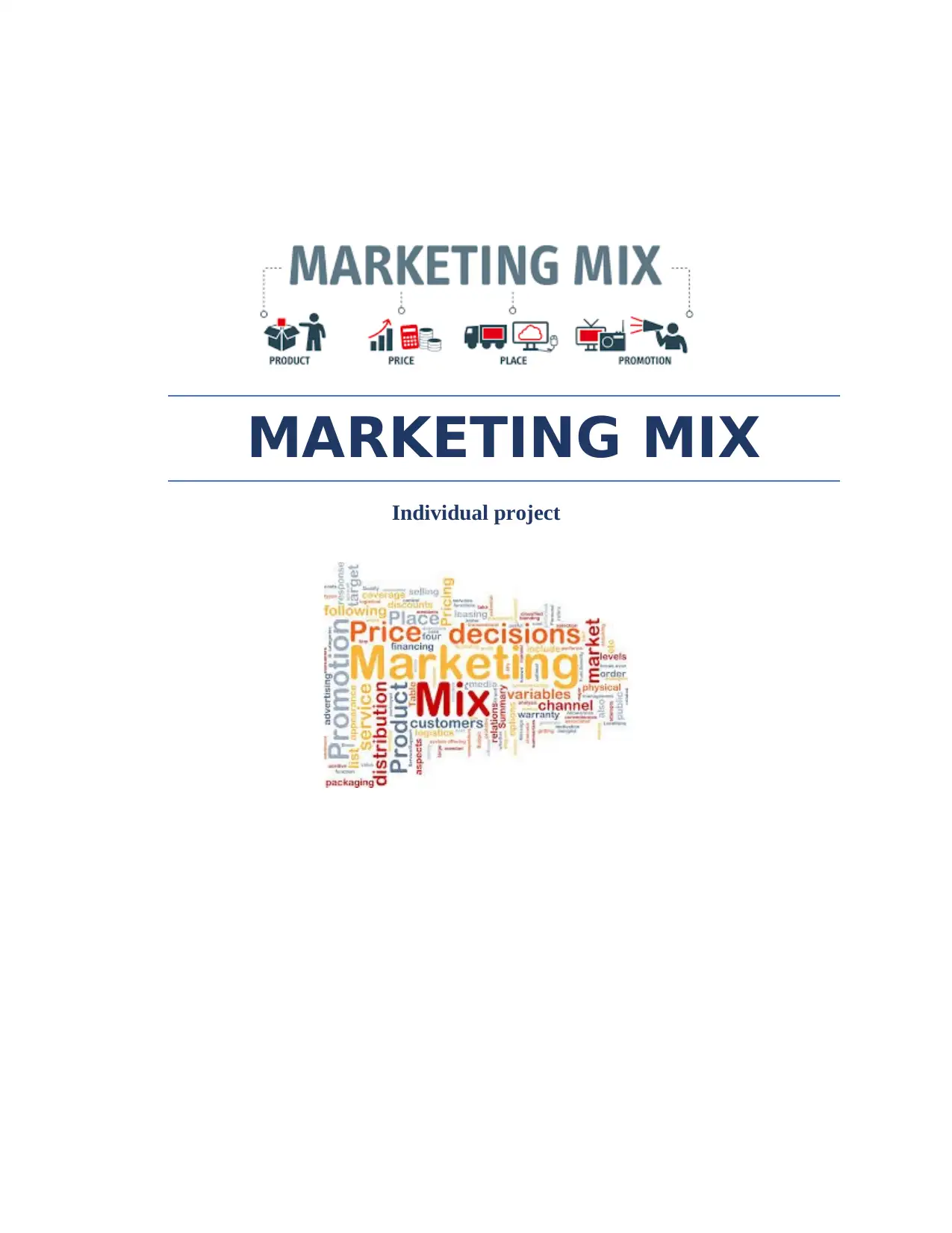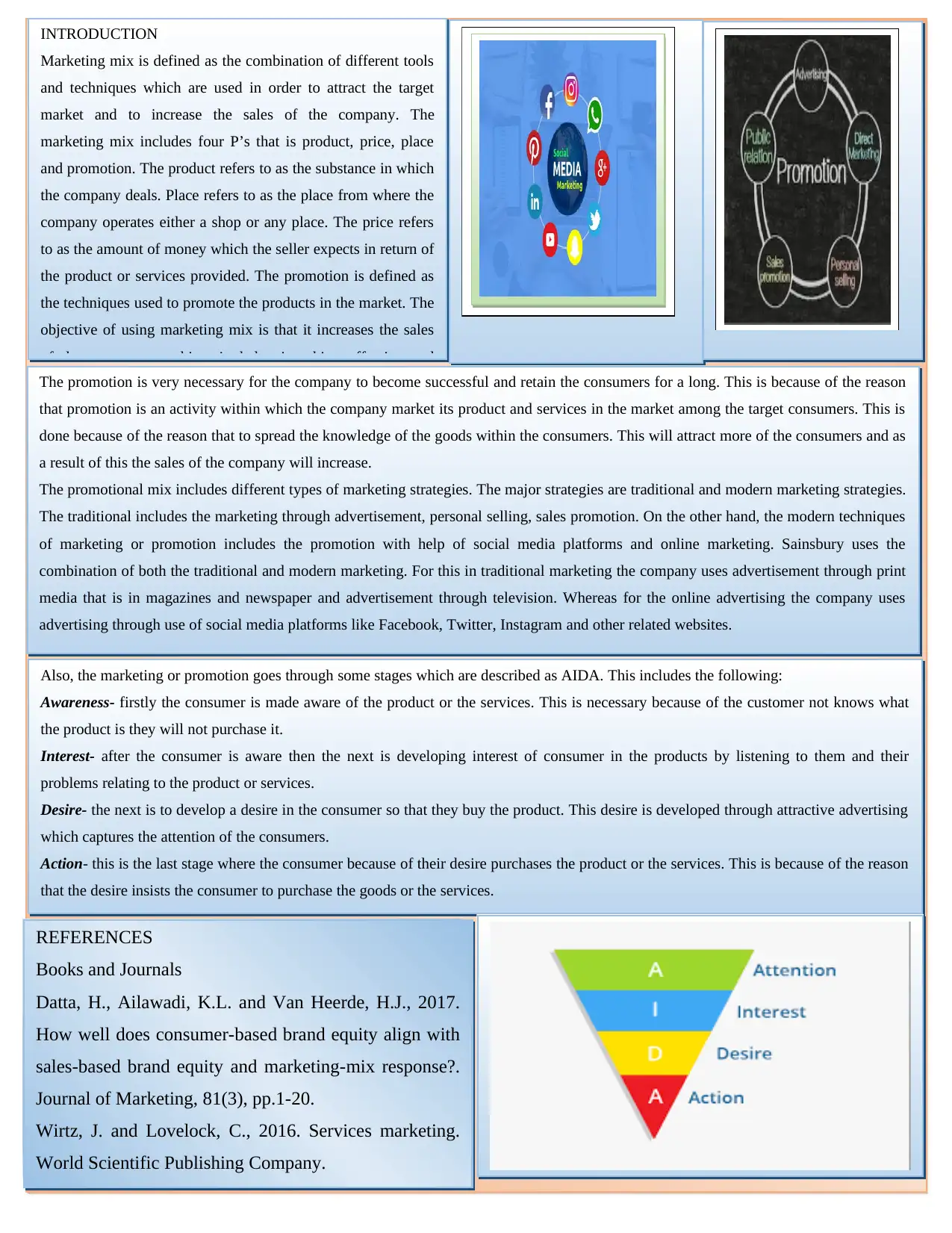Marketing Mix Analysis: Sainsbury's Promotion Strategies Report
VerifiedAdded on 2023/01/19
|2
|576
|88
Report
AI Summary
This report examines the marketing mix, emphasizing promotional strategies used by companies like Sainsbury's. It begins by defining the marketing mix and its components: product, price, place, and promotion. The report highlights the importance of promotion in attracting and retaining consumers, differentiating between traditional methods (e.g., print media, television) and modern approaches (e.g., social media, online marketing). Sainsbury's serves as a case study, illustrating how they combine both traditional and digital marketing techniques. The report also discusses the AIDA model (Awareness, Interest, Desire, Action) as a framework for understanding consumer behavior and the stages of the buying process. The report references academic sources to support the analysis of marketing principles and their practical application.
1 out of 2








![[object Object]](/_next/static/media/star-bottom.7253800d.svg)